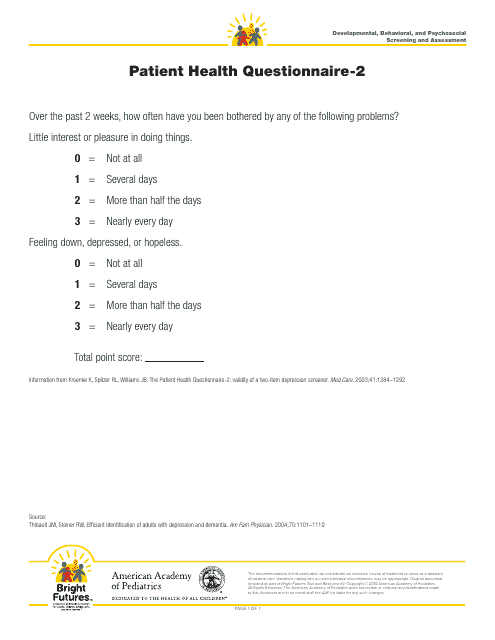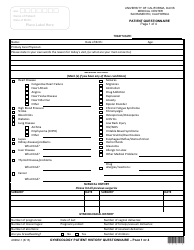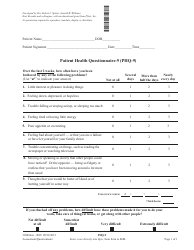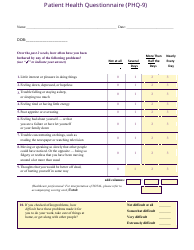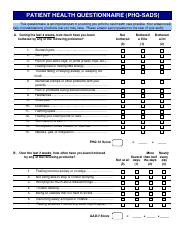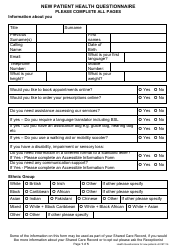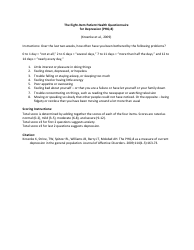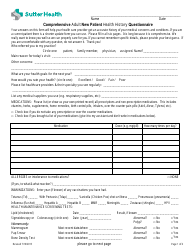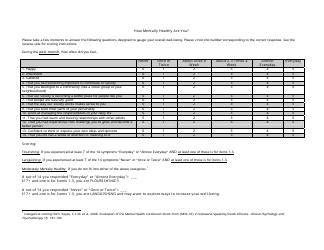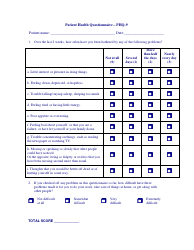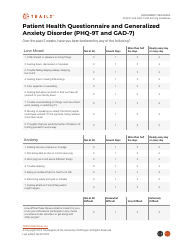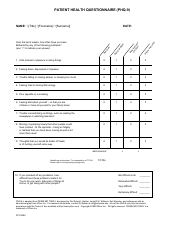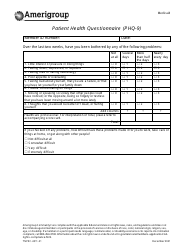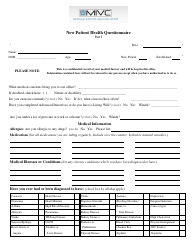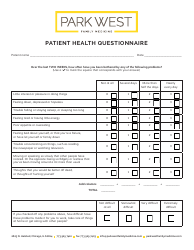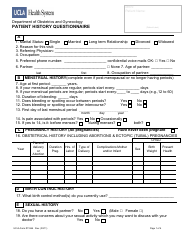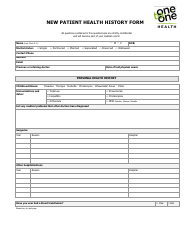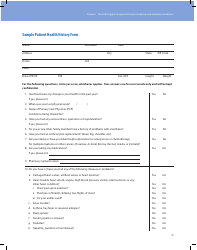Patient Health Questionnaire - American Academy of Pediatrics
The Patient Health Questionnaire (PHQ) developed by the American Academy of Pediatrics is used to assess and screen for various mental health conditions in children and adolescents.
The Patient Health Questionnaire (PHQ) is typically filled out by the patient or their guardian, not the American Academy of Pediatrics.
FAQ
Q: What is the Patient Health Questionnaire?
A: The Patient Health Questionnaire is a screening tool used by healthcare providers to assess a patient's mental health and well-being.
Q: What is the purpose of the Patient Health Questionnaire?
A: The purpose of the Patient Health Questionnaire is to help healthcare providers identify and diagnose mental health conditions in patients.
Q: Who developed the Patient Health Questionnaire?
A: The Patient Health Questionnaire was developed by the American Academy of Pediatrics.
Q: What age group is the Patient Health Questionnaire for?
A: The Patient Health Questionnaire is designed for children and adolescents.
Q: What does the Patient Health Questionnaire assess?
A: The Patient Health Questionnaire assesses various aspects of a patient's mental health, including symptoms of depression, anxiety, and other psychiatric disorders.
Q: Is the Patient Health Questionnaire a diagnostic tool?
A: No, the Patient Health Questionnaire is a screening tool and should not be used as a standalone diagnostic tool. A formal diagnosis should be made by a qualified healthcare professional.
Q: How is the Patient Health Questionnaire administered?
A: The Patient Health Questionnaire is typically administered as a self-report questionnaire that patients fill out on their own, or with the assistance of their healthcare provider.
Q: Can the Patient Health Questionnaire be used for adults?
A: While the Patient Health Questionnaire is primarily designed for use with children and adolescents, there are other versions available for use with adults.
Q: Is the Patient Health Questionnaire confidential?
A: Yes, the Patient Health Questionnaire is confidential and the information provided is protected by patient privacy laws.
